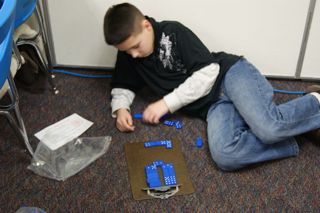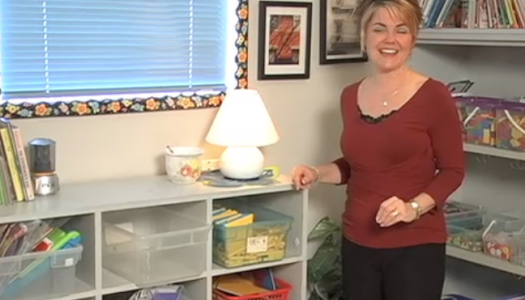Launching Math Daily 3
Join Our Community
Access this resource now. Get up to three resources every month for free.
Choose from thousands of articles, lessons, guides, videos, and printables.
We launch the Daily Math components one at a time, starting with Math by Myself. When initially thinking about the launch, we asked ourselves, "What can students do during independent math time that will be engaging, help them retain math facts, and enable them to develop a deep understanding of math concepts?" Our answer to this question was games and/or explorations.

During the first days of Math Daily 3, we teach a math game or exploration that will help students practice independence and build stamina. As with Read to Self, students doing Math by Myself will play the game or explore the math tools independently.
The beginning of the launch will consist of two main parts: the teaching of a game (whole class), and the practicing of a game using the 10 Steps of Teaching and Learning Independence.
Part One—Teaching the Game
Introduce a tool, or a math game that the students will be able to do by themselves. We prefer games that can be easily interrupted, so that no one will be tempted to say, "I wasn't finished!" when they are called back to the group. Pattern blocks, dominoes, and dice are the types of tools we like to begin with. It is sometimes helpful to revisit a previous year's game.
Underneath the Math by Myself heading on the math board, post the title of the game, activity, or tool you've selected.
Take a brain break, especially if this is the beginning of the year (with a song, poem, or movement).
Part Two—Practicing the Game using the 10 Steps of Teaching and Learning Independence
Launch Math by Myself using the 10 Steps of Teaching and Learning .
- Identify what is to be taught (Math by Myself)
- Set the purpose and establish a sense of urgency (makes me better at learning and understanding math, and it is fun).
- Brainstorm desired behaviors using an I-chart.
- Model most desirable behaviors.
- Model least desirable behaviors, and then most desirable.
- Place students around the room.
- Everyone practice and build stamina.
- Stay out of the way.
- Quiet signal (as soon as stamina breaks). Come back to group.
- Group check-in: "How did you do?"
If this is the first day of school and you are launching Math Daily 3, you may want to practice the 10 Steps two or three different times during the day. This will cement the behaviors more quickly and get your launch off to a successful start.






